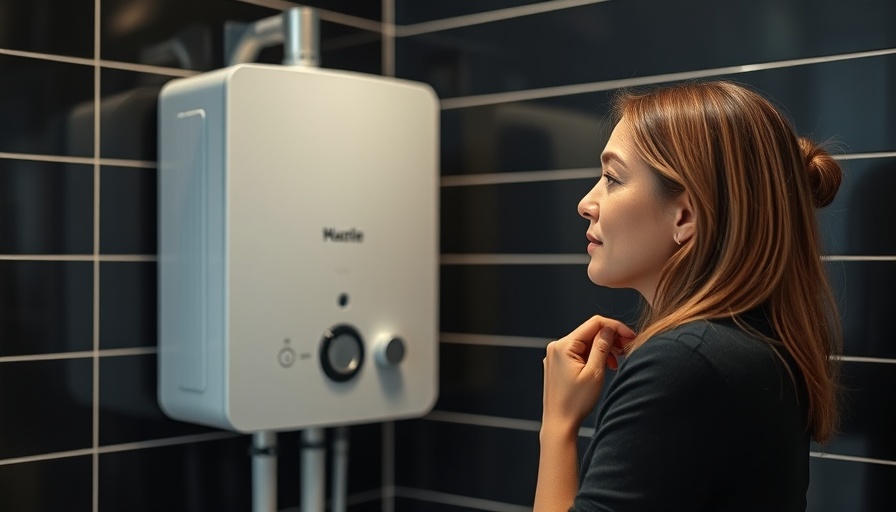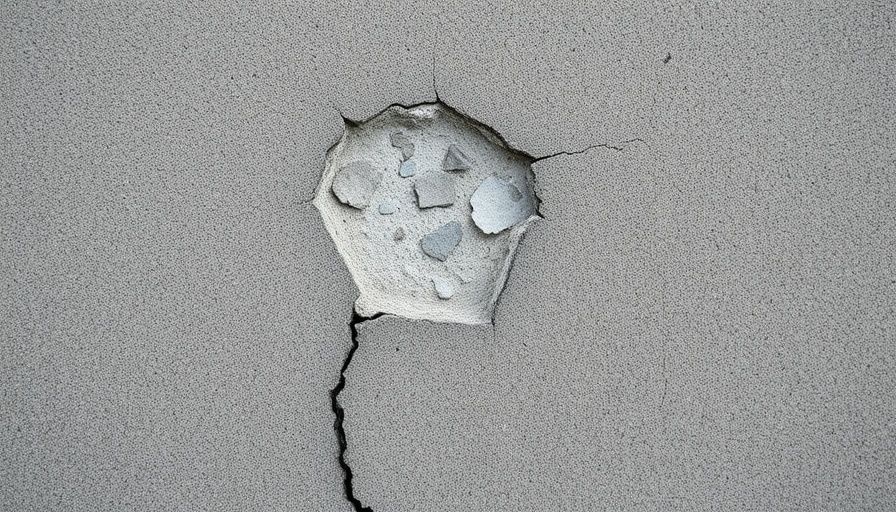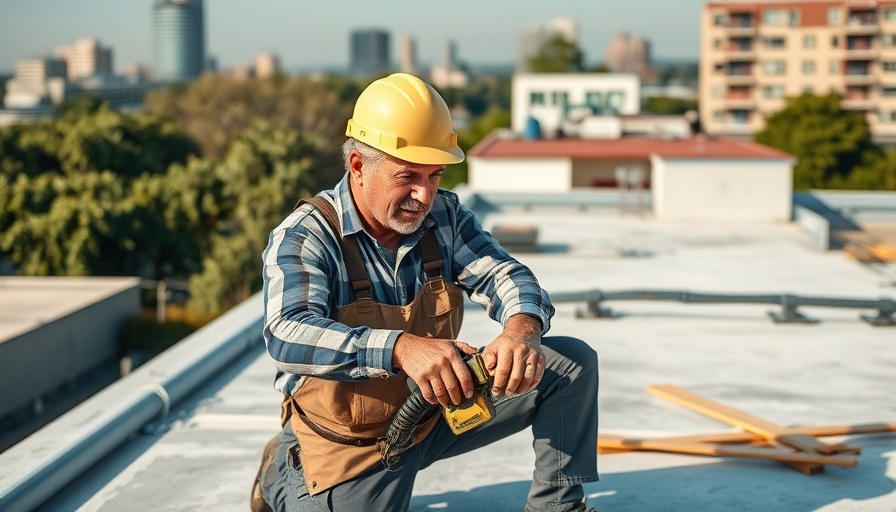
Understanding the Importance of Water Heaters in Our Homes
Water heaters are not just appliances; they’re essential to our daily routines. They supply hot water for everything from showers to dishwashing, making them a cornerstone of comfort in any household. While they operate reliably most of the time, knowing how to activate and maintain them can save homeowners from inconvenient cold showers or surprise repairs. Here’s how to turn on different types of water heaters safely and efficiently.
Types of Water Heaters: Knowing What You Have is Key
There are primarily three types of water heaters that homeowners might encounter:
- Electric Water Heaters: These heaters use electricity to warm water via heating elements installed in a tank. They're generally user-friendly and energy-efficient for small households.
- Gas Water Heaters: Operating on natural gas or propane, these systems heat water significantly faster, making them a popular choice for larger families needing continuous hot water.
- Tankless Water Heaters: Perfect for the eco-conscious homeowner, tankless models provide hot water on demand and save energy by eliminating the need for a storage tank.
Regardless of the model, the first step is to ensure that you understand the specific activation process for each type.
Safety First: Crucial Precautions Before Activation
Before powering on or lighting your water heater, safety should be your first concern:
- Clear the area of any flammable materials to prevent fire hazards.
- Wear protective clothing, gloves, and goggles to shield yourself from potential injuries.
- Ensure that the electric or gas supply is off while you set up.
By taking these precautions, you can approach the task of verifying your water heater's functionality with confidence.
Steps to Turn On an Electric Water Heater
Turning on electric water heaters is straightforward:
- Ensure the circuit breaker is in the off position.
- Check the heater for any visible signs of damage or corrosion.
- Fill the tank with water by opening the cold water supply.
- Once the tank is full, turn the circuit breaker back on and set the thermostat to your desired temperature (typically around 120°F to avoid scalding).
With these steps, your electric heater should start working efficiently.
How to Start a Gas Water Heater
Gas water heaters require a few additional steps:
- Before you begin, check that the gas supply is on and there are no leaks.
- Turn the gas valve to the “Pilot” setting and press the igniter to light the pilot light.
- After the pilot light is stable, turn the gas valve to the “On” position and set your thermostat.
Always consult the user manual for specific issues related to your model, especially if the pilot light refuses to stay lit.
Activating Tankless Water Heaters
Tankless heaters are slightly different since they provide hot water instantly:
- Make sure the unit is plugged in and turned on.
- Open a hot water tap to establish flow—this will trigger the heater.
- Adjust the temperature using the digital controller to your preferred setting.
These units are efficient and great for water conservation since they heat water only when needed.
Proactive Maintenance for Longevity
Maintaining your water heater extends its life and efficiency:
- Flush your tank annually to remove sediment buildup.
- Insulate pipes and check for leaks regularly.
- Adjust the thermostat to the optimal 120°F to save energy and protect against scalding.
Such routine practices ensure that your household enjoys consistent hot water access without sudden failures.
In Summary: Take Charge of Your Hot Water Supply
Understanding how to properly turn on and maintain your water heater promotes safety, comfort, and efficiency in your home. Be sure to follow the necessary steps for your particular model, keep safety measures in mind, and engage in regular maintenance. If you ever feel uncertain, don't hesitate to reach out to a professional plumber for assistance.
Discover more valuable tips and guidelines by staying informed about your home maintenance needs!
 Add Row
Add Row  Add
Add 




Write A Comment